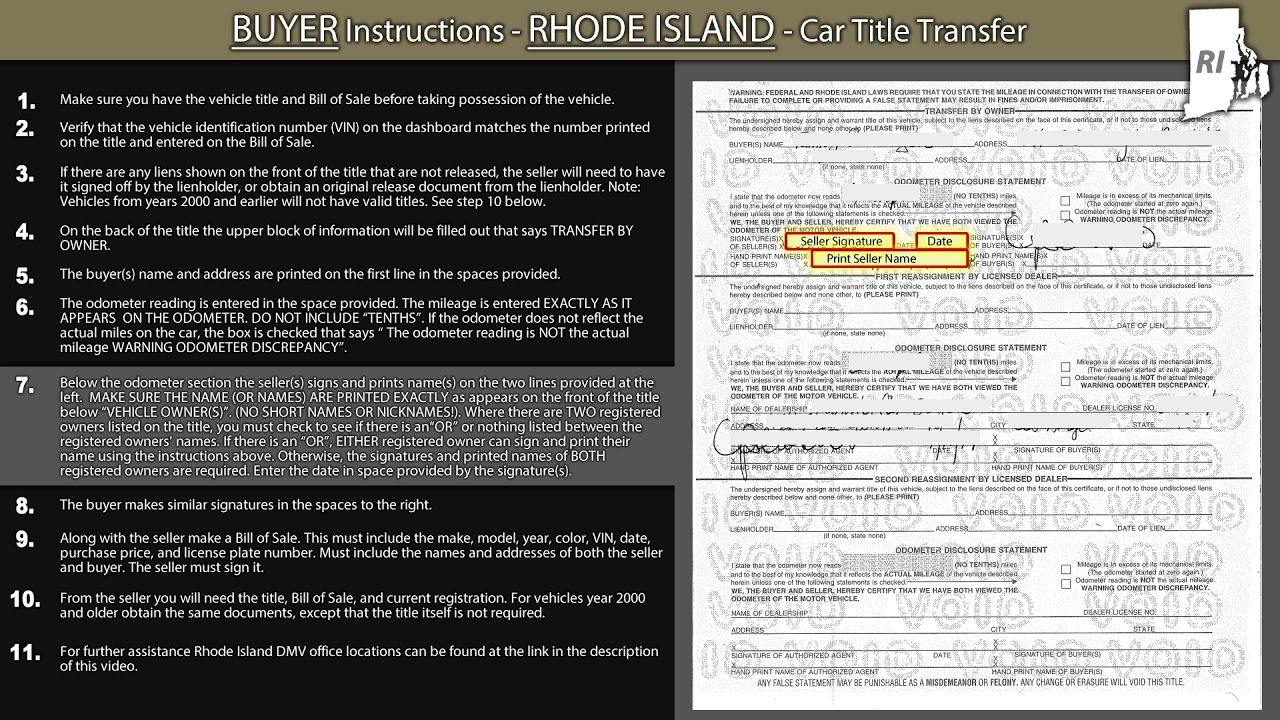Introduction: Understanding Rhode Island’s Population
Rhode Island, the smallest state in the United States, has often been associated with its small population size. With an area of approximately 1,214 square miles, Rhode Island’s landmass is indeed compact. However, is it accurate to consider Rhode Island as the least populous state in the United States? This article aims to delve into the population dynamics of Rhode Island, analyzing historical trends, comparing it with other states, examining contributing factors, and exploring the implications for the state’s economy, public services, and infrastructure.
Rhode Island’s Historical Population Trends
Over the years, Rhode Island’s population has exhibited both growth and decline. In the early 20th century, the state experienced a steady rise in population, reaching its peak in 1940 with over 713,000 residents. However, since then, Rhode Island’s population has faced a gradual decline, leveling off at around the one million mark in recent years.
Comparison: Rhode Island versus Other States
While it is true that Rhode Island has a relatively small population, it is not the least populous state in the United States. According to the latest census data, as of 2020, Wyoming holds the title of the least populous state with an estimated population of approximately 577,000 residents. Rhode Island, with its population of around one million, surpasses Wyoming’s population by a significant margin.
Factors Contributing to Rhode Island’s Population Size
Several factors contribute to Rhode Island’s population size. One notable factor is the state’s geographical limitations. Rhode Island’s small land area restricts the capacity for large-scale population growth. Additionally, the state’s proximity to highly populated areas such as Boston and New York City often leads to outward migration, as individuals seek opportunities in larger metropolitan regions.
Demographic Profile: Rhode Island’s Population
Rhode Island boasts a diverse population, with various ethnicities and backgrounds represented. According to the latest available data, the state is home to a significant Hispanic population, making up around 16% of the total population. The population is also characterized by a relatively high percentage of individuals aged 65 and older, contributing to the state’s unique demographic makeup.
The Impact of Population Size on Rhode Island’s Economy
The size of Rhode Island’s population has implications for its economy. While a small population may limit the state’s capacity for large-scale industries, it also allows for a more close-knit business community, fostering collaboration and innovation. Additionally, Rhode Island’s proximity to major economic centers presents opportunities for trade and economic growth.
Rhode Island’s Efforts to Attract and Retain Residents
Recognizing the importance of population growth, Rhode Island has implemented various strategies to attract and retain residents. The state has focused on promoting its cultural heritage, natural beauty, and quality of life to potential newcomers. Additionally, initiatives to support entrepreneurship and job creation have been implemented, aiming to enhance economic opportunities and attract young professionals.
Challenges Faced by Rhode Island as the Least Populous State
While Rhode Island is not the least populous state, its relatively small population presents unique challenges. Small population size can lead to limited workforce availability, making it challenging for certain industries to thrive. Additionally, a smaller tax base can strain public finances and limit the resources available for infrastructure development and public services.
The Role of Infrastructure in Rhode Island’s Population Size
Infrastructure plays a crucial role in Rhode Island’s population size. The state’s transportation systems, including highways and public transit, play a vital role in connecting residents and facilitating economic growth. However, a smaller population can result in less investment in infrastructure, potentially leading to challenges in maintaining and expanding the state’s transportation networks.
Public Services in Rhode Island: Implications of Low Population
Rhode Island’s small population has implications for the provision of public services. With fewer residents to fund these services through taxes, the state may face challenges in adequately providing essential services such as healthcare, education, and public safety. The state must carefully manage its resources to ensure the highest quality of life for its residents.
Rhode Island’s Strategies for Managing a Small Population
Rhode Island has implemented various strategies to address the challenges posed by its small population. Collaboration between public and private sectors has been crucial in leveraging resources and implementing innovative solutions. Additionally, targeted recruitment efforts aimed at attracting skilled workers, entrepreneurs, and young professionals have been initiated to ensure a vibrant and growing population.
Conclusion: Rhode Island’s Place as the Least Populous State
While Rhode Island is not the least populous state in the United States, its relatively small population size does present unique challenges and opportunities. The state’s historical population trends, diverse demographic profile, and efforts to attract and retain residents all contribute to its overall population dynamics. Understanding these dynamics is essential for effectively managing public services, infrastructure development, and economic growth in the smallest state in the United States.





